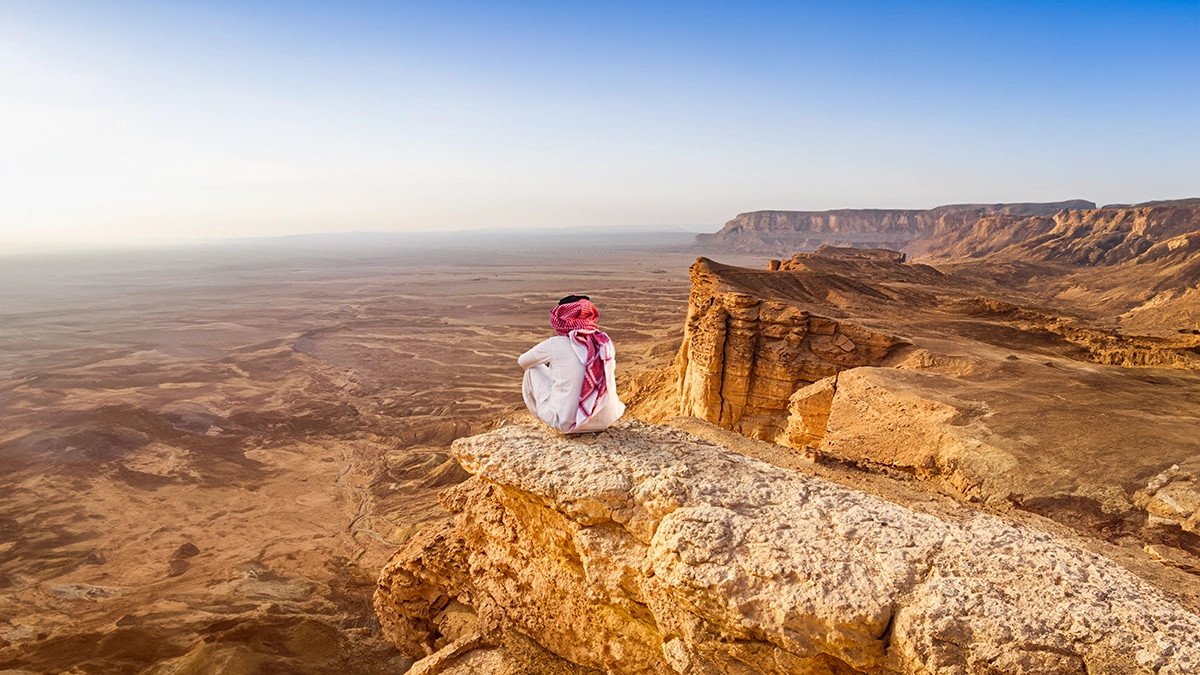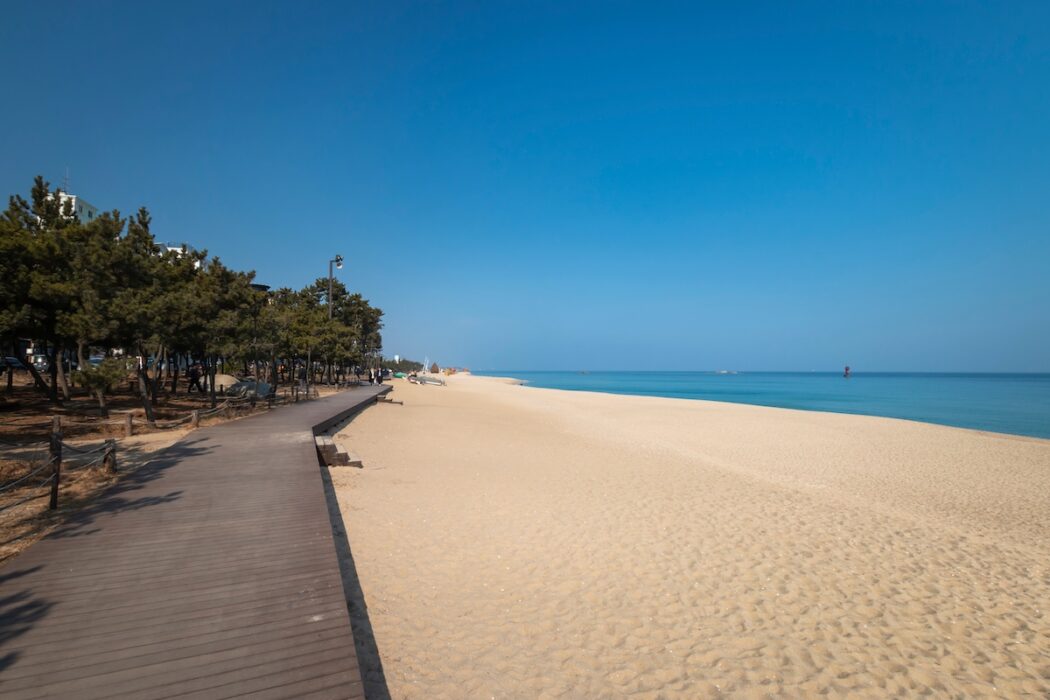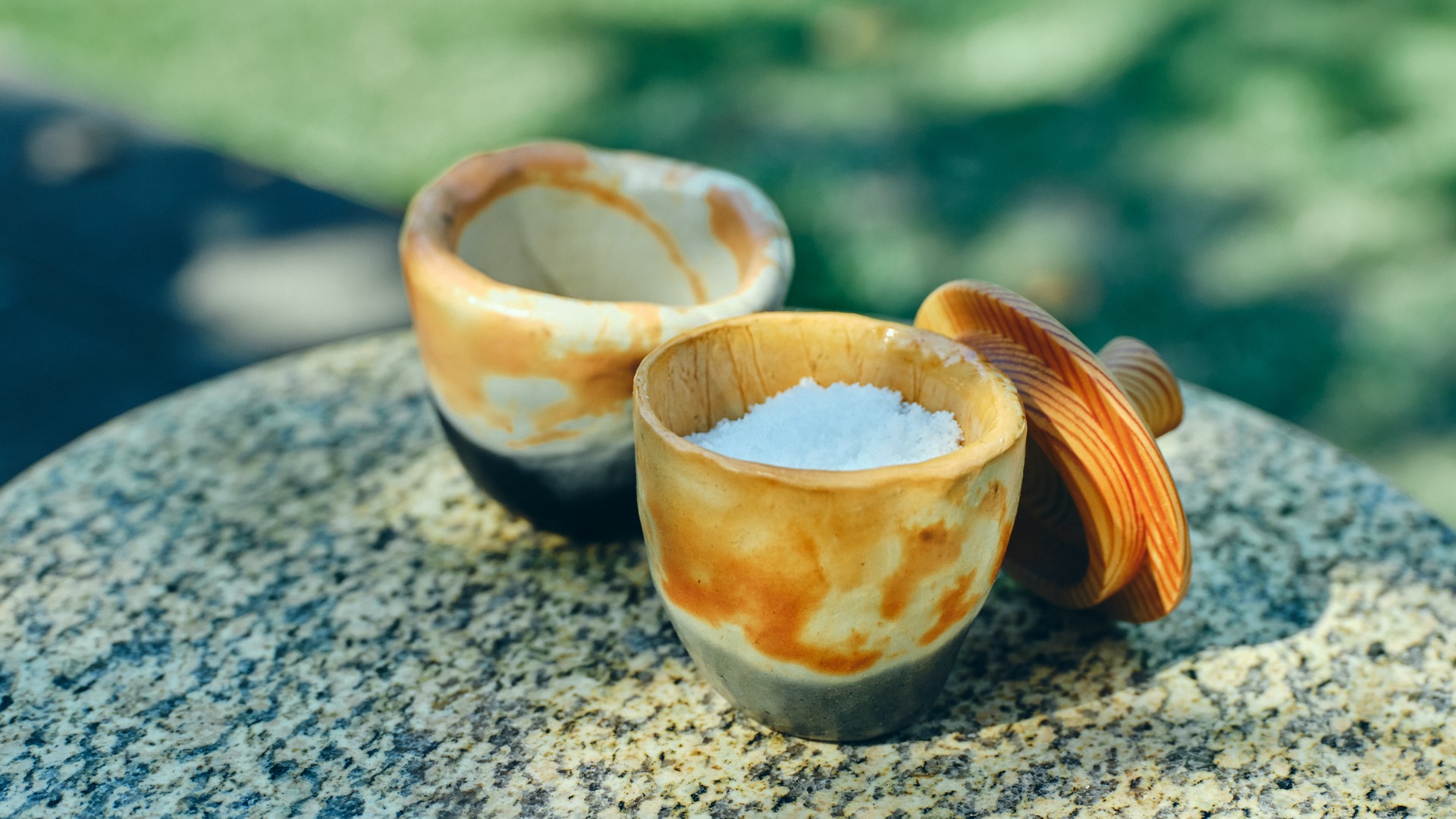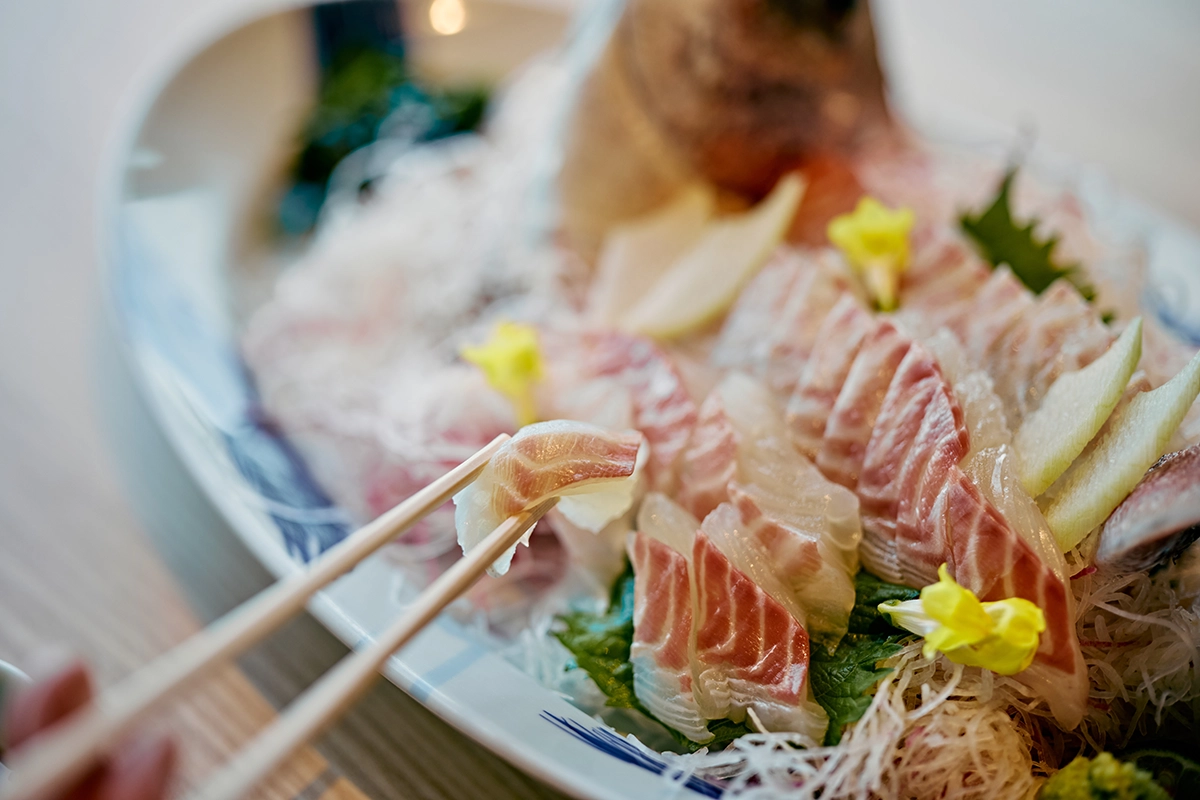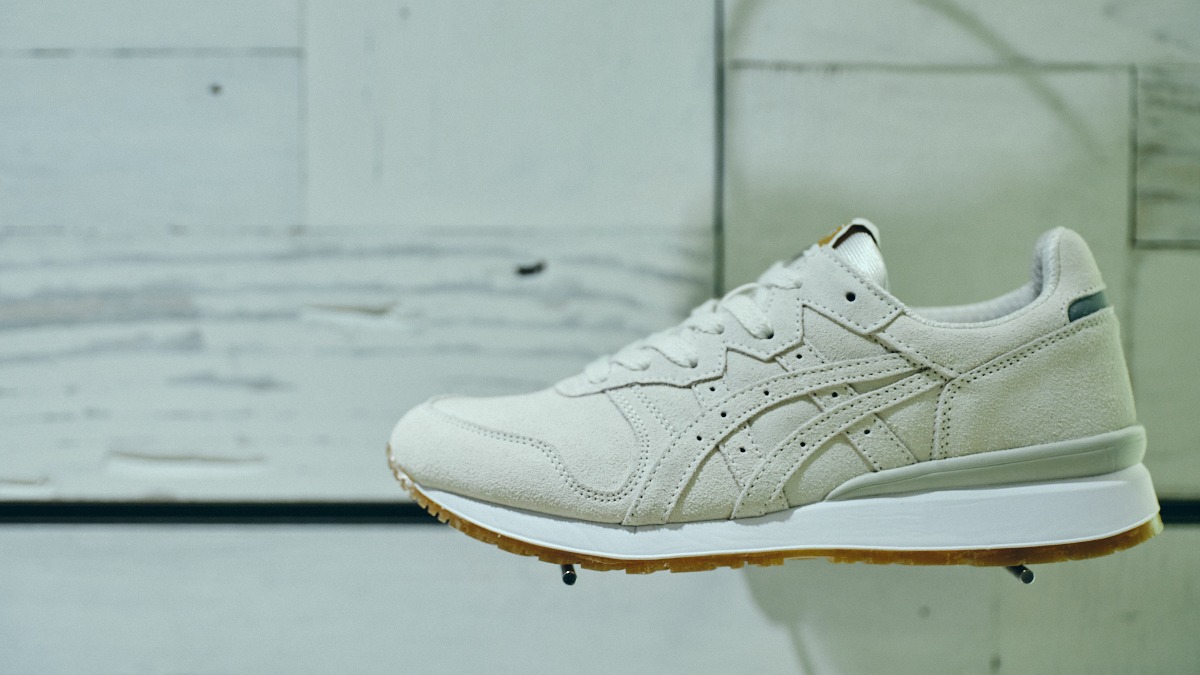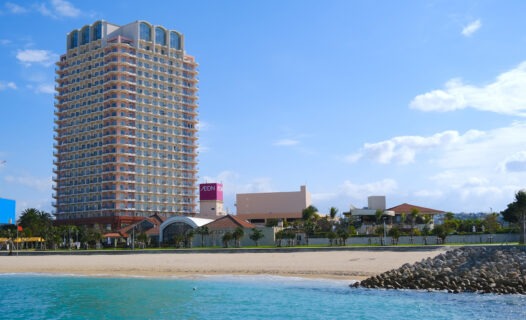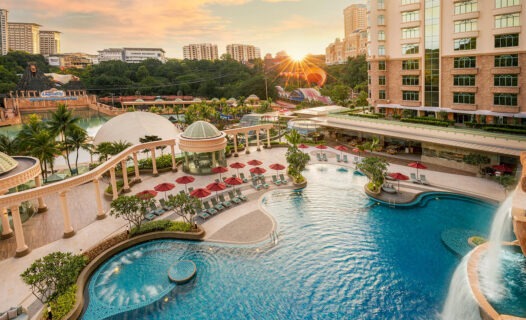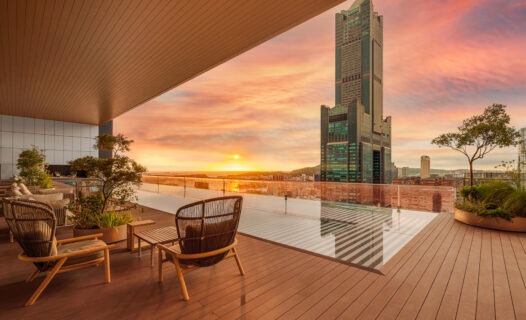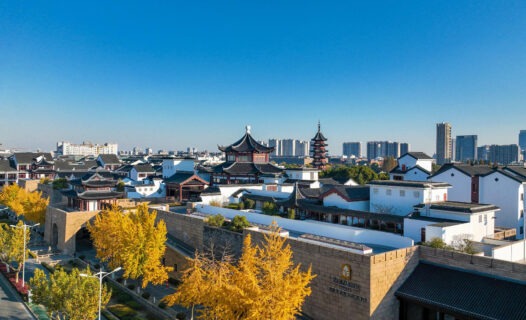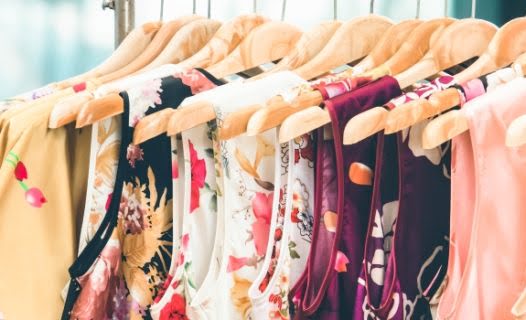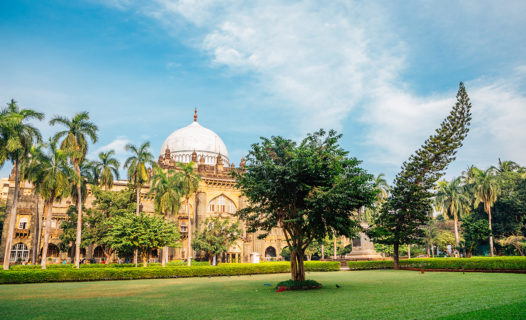Experience the Magic of Hanbok in South Korea
When you think of South Korea, what comes to mind? The bustling streets of Seoul, the delicious kimchi, or perhaps the colorful world of K-pop? But there’s another gem that deserves your attention: the Hanbok, the traditional dress of South Korea. This beautiful attire is not just a garment; it’s a vibrant expression of Korean culture and heritage, intricately tied to festivals and celebrations throughout the year.
Wearing a Hanbok is like stepping into a living painting, where every fold and color tells a story. From the elegant curves of the jeogori (the top) to the flowing lines of the chima (the skirt), each piece is crafted with care and artistry. Whether you’re wandering through ancient palaces or joining in the festivities of Chuseok and Seollal, donning a Hanbok allows you to immerse yourself in South Korea’s rich cultural experiences.
The Cultural Significance of Hanbok in South Korea
The Hanbok is more than just a beautiful outfit; it embodies the spirit of Korean heritage and identity. Its origins date back centuries, with styles evolving to reflect the changing tides of Korean history. Each color and design holds deep meaning, often representing virtues like hope, prosperity, and love. For instance, vibrant hues like red symbolize good fortune, while blue is associated with tranquility.
Tourists often share enchanting stories of their experiences wearing Hanbok. One traveler recalled how slipping into the flowing fabric made her feel like she was part of a historical drama. “It was magical,” she said. “As I walked through Gyeongbokgung Palace, I felt the eyes of history upon me, and I couldn’t help but smile at the beauty of the moment.” Such personal anecdotes highlight the significance of Hanbok in connecting people to South Korea’s rich past.
Curious to learn more about the deeper meanings behind this traditional attire? Explore the Cultural Significance of Hanbok for an in-depth look.
A Journey Through Hanbok History
The history of Hanbok is a fascinating tale that stretches back to the Three Kingdoms period, where it began as a practical yet elegant outfit. Over the centuries, it transformed through various dynasties, particularly during the Joseon dynasty, when it became a symbol of social status and cultural pride. Different styles emerged, such as Gwanbok for officials and Hollyebok for commoners, each reflecting the wearer’s societal role.
Fast forward to today, and you’ll see how the influence of K-pop culture has breathed new life into Hanbok, inspiring modern adaptations that blend traditional aesthetics with contemporary flair. The vibrant colors and playful designs seen on stage are captivating a new generation, making Hanbok a trendy choice for both locals and tourists alike.
Want to discover more about the fascinating history of this traditional garment? Check out our guide to Discover Enchanting Festivals Featuring Hanbok to see how it’s celebrated today.
Discovering Hanbok Styles: From Everyday to Ceremonial
The beauty of Hanbok lies in its diversity. Whether you’re looking for something casual or something grand, there’s a style for every occasion. The everyday Hanbok is often simpler, made for comfort and ease, while ceremonial Hanbok is adorned with intricate designs and vibrant colors, perfect for weddings or traditional celebrations.
Children’s Hanbok, with their playful designs and bright colors, are a delight to see during festivals, as little ones twirl and play in their festive attire. And let’s not forget about modern adaptations! Fashion designers are creatively reimagining Hanbok, merging it with contemporary styles to create stunning outfits that pay homage to tradition while embracing modern trends.
Fashion enthusiasts will appreciate how the influence of global trends is shaping Hanbok design. From chic cuts to innovative fabrics, the evolution of this traditional dress is an exciting journey for both wearers and creators.
Ready to see Hanbok in action? Join the festivities by experiencing Hanbok at the Seoul Lantern Festival and witness the magic firsthand!
Experiencing Hanbok: Rental and Photography Tips
If you’re itching to don a Hanbok and step into a piece of South Korean history, you’ll be pleased to know that renting one is a breeze! Popular locations like Gyeongbokgung Palace and Bukchon Hanok Village offer numerous rental shops where you can find a stunning variety of styles. Many of these shops provide a range of sizes, colors, and designs, ensuring you find the perfect fit for your adventure.
Rental prices typically range from 10,000 to 50,000 KRW (approximately $10 to $50) for a few hours, depending on the style and duration of your rental. Some shops even offer packages that include accessories, such as hairpieces and shoes, to complete your look. Don’t hesitate to ask the staff for styling tips—they’re usually more than happy to help you look your best!
Now, let’s talk photography! Wearing a Hanbok is an experience you’ll want to capture. Here are some fun tips to make your photos pop:
- Location, Location, Location: Choose picturesque backdrops like traditional palaces, serene parks, or vibrant streets. The contrast between the colorful Hanbok and historical architecture creates stunning visuals.
- Golden Hour: The best time for photos is during the golden hour—just after sunrise or before sunset. The soft, warm light enhances the beauty of your outfit.
- Play with Angles: Experiment with different angles and poses. A twirl in your Hanbok can create a magical effect, showcasing the flowing fabric beautifully!
Ready to jump into the world of Hanbok? Check out the Hanbok Experience at Gyeongbokgung Palace for more insights on where to rent your outfit and tips for capturing the perfect shot!
Festivals and Events Celebrating Hanbok
South Korea is a land of festivals, and many of these celebrations prominently feature the Hanbok. Picture this: beautiful streets adorned with colorful decorations, the sound of laughter, and the sight of people dressed in traditional attire, celebrating their heritage. Some key festivals where you can see Hanbok in all its glory include:
- Chuseok: Known as the Korean harvest festival, Chuseok is a time for families to come together, pay respects to their ancestors, and enjoy traditional foods. Many people wear their finest Hanbok during this time, making it a perfect opportunity to immerse yourself in Korean culture.
- Seollal: The Lunar New Year is another major celebration where Hanbok shines. Families dress in traditional attire to partake in rituals and enjoy special meals. The festive atmosphere is contagious, and wearing a Hanbok adds to the experience!
- Cherry Blossom Festivals: Springtime in Korea is breathtaking, especially with cherry blossoms in bloom. Many festivals celebrate this natural beauty, and wearing a Hanbok while strolling under the blossoms is a must-do for any visitor!
Each festival has its own unique charm, with various activities, performances, and delicious foods to savor. Whether you’re participating in traditional games, enjoying live music, or simply soaking in the vibrant atmosphere, wearing a Hanbok elevates the experience. Want to know more about these amazing events? Check out our guide to Celebrate Chuseok with Traditional Hanbok for a deeper dive into the festivities!
Culinary Adventures: Traditional Dishes to Enjoy in Hanbok
Wearing a Hanbok isn’t just about the outfit; it’s an invitation to indulge in South Korea’s rich culinary heritage! Festivals like Chuseok and Seollal feature a plethora of traditional dishes that you absolutely must try while dressed in your Hanbok. Here are some delightful dishes to savor:
- Songpyeon: These beautiful rice cakes are a staple during Chuseok. Shaped like half-moons and filled with sweet fillings, they’re not only delicious but also symbolize prosperity and good fortune.
- Tteokguk: A traditional soup made with sliced rice cakes, Tteokguk is enjoyed during Seollal to symbolize the gaining of a year in age. It’s warm, comforting, and perfect for the chilly winter months.
- Kimchi: No meal is complete without this iconic dish! Made from fermented vegetables, kimchi comes in various forms and is a must-try for anyone looking to experience authentic Korean flavors.
Each bite tells a story, and enjoying these dishes while wearing a Hanbok adds an extra layer of cultural immersion. Don’t forget to snap some photos of your culinary adventures! For more delicious insights, check out our guide on Discover South Korean Traditions and Tastes.
Practical Information for Travelers: Renting and Wearing Hanbok
Now that you’re excited about wearing Hanbok, let’s cover some practical tips to make your experience smooth and enjoyable. Renting a Hanbok is easy, but knowing how to wear it properly is just as important!
When you head to a rental shop, here are a few things to keep in mind:
- Choosing the Right Style: Hanbok comes in various styles—traditional, modern, casual, and ceremonial. Think about the occasion and choose something that makes you feel comfortable and confident!
- Wearing It Right: Once you’ve chosen your Hanbok, ask the staff for help with putting it on. They can show you how to tie the ribbons and adjust the fit. Make sure to wear a comfortable undergarment since Hanbok can be a bit snug.
- Accessorize: Don’t forget to add accessories! Hairpieces, traditional shoes (called beoseon), and even a small purse can complete your look. Feel free to ask the rental shop for recommendations!
Rental durations typically range from a few hours to a full day, with prices varying based on the style and rental period. Check with the shop for any special deals or packages. And remember, wearing Hanbok is a cultural experience, so treat it with respect and enjoy every moment!
Safety and Health Guidelines for Festival Participation
Festivals are all about fun, but it’s important to keep safety in mind while you’re out celebrating in your Hanbok. Here are some handy tips to ensure a fantastic experience:
- Stay Hydrated: If you’re attending outdoor festivals, especially during the summer, drink plenty of water to stay refreshed and energized.
- Footwear Matters: While traditional shoes are beautiful, they might not be the most comfortable for long walks. Consider bringing a pair of comfortable shoes to change into between photo ops!
- Respect the Environment: Keep the festival grounds clean by disposing of trash properly. Participate in any recycling initiatives to help preserve the beauty of the location.
Participating in festivals while wearing Hanbok is a joyful experience, and following these simple guidelines will help you stay safe and have a great time!
Fun Facts About Hanbok and Festivals in South Korea
Let’s sprinkle in some fun facts to impress your friends and family! Did you know that:
- The colors of Hanbok are not just for aesthetics—they hold meanings! For example, yellow symbolizes the earth, while white represents purity.
- During the Joseon dynasty, Hanbok styles varied significantly based on social status, with the upper class wearing more elaborate designs.
- Festivals like Chuseok and Seollal are celebrated with traditional games such as Yutnori and Tuho, adding an extra layer of fun to the festivities!
These tidbits are just the beginning! Festivals are rich with history and tradition, making them a fascinating experience for anyone visiting South Korea.
Shopping Guide for Hanbok and Accessories
If you’re inspired by the beauty of Hanbok and want to take a piece of it home, shopping for your own is a must! Here are some popular shopping districts and stores where you can find stunning Hanbok and accessories:
- Insadong: This area is a treasure trove of traditional crafts and souvenirs. You’ll find shops specializing in Hanbok, along with beautiful accessories like norigae (traditional ornaments) and handmade bags.
- Myeongdong: Known for its vibrant shopping scene, Myeongdong also has several stores offering modern takes on Hanbok. Perfect for those looking to blend tradition with contemporary style!
- Dongdaemun Market: A bustling hub for fashion, Dongdaemun offers a wide range of Hanbok styles at various price points. It’s a great place to bargain and find unique pieces!
Don’t hesitate to ask shop owners for recommendations or for tips on how to wear your new Hanbok. Whether you’re looking for a traditional piece or a modern twist, South Korea has something for everyone!
Transportation Tips for Festival Attendees
Getting to festivals and rental shops is easy with South Korea’s efficient public transport system. Here are some tips to help you navigate:
- Subway: The subway is one of the best ways to get around. Most major festival locations are easily accessible via subway lines. Make sure to download a subway app to help you find your way!
- Buses: Buses are another great option, especially for reaching more remote festival sites. Check local schedules and routes to plan your trip.
- Ride-Sharing Services: For added convenience, consider using ride-sharing services like KakaoTaxi, especially if you’re traveling in a group or carrying heavy items.
During festivals, public transport may have special services or extended hours, so keep an eye out for announcements. Enjoy the ride and soak in the sights as you make your way to the festivities!
Seasonal Travel Insights: Best Times to Experience Hanbok
Wondering when to plan your trip to fully immerse yourself in the beauty of Hanbok? Each season offers its own unique charm for wearing this traditional attire:
- Spring: Cherry blossoms bloom, creating a picturesque backdrop for wearing Hanbok. Festivals celebrating this season are vibrant and full of life!
- Summer: While the weather can be hot, summer festivals like the Busan Sea Festival are lively and colorful, making it a fun time to wear your Hanbok.
- Autumn: The fall foliage provides a stunning canvas for Hanbok photos. Festivals celebrating harvests and traditional customs abound!
- Winter: The snowy landscapes during Seollal create a magical atmosphere for wearing Hanbok while celebrating the Lunar New Year.
Each season has its own festivals and activities, making it a delightful time to experience Hanbok in all its glory!
Commonly Asked Questions About Hanbok and Festivals
Got questions about Hanbok and festivals? Here are some commonly asked questions that can help you prepare for your adventure:
- Can I wear Hanbok outside of festivals? Absolutely! Many locals wear Hanbok for special occasions, family gatherings, and even casual outings. It’s a beautiful way to celebrate your connection to Korean culture.
- Is there a dress code for wearing Hanbok? While there’s no strict dress code, it’s best to wear Hanbok respectfully. Avoid wearing it in inappropriate settings, and treat the garment with care.
- Can I take photos in my Hanbok? Yes! Taking photos in your Hanbok is encouraged, especially at beautiful locations. Just be mindful of any photography restrictions in certain areas.
These insights will help you feel more confident as you explore the world of Hanbok and South Korean festivals!
